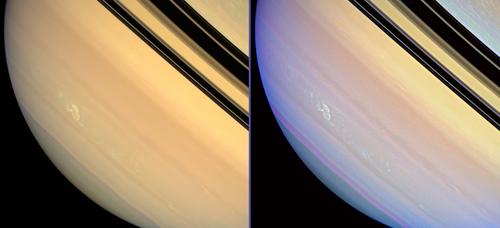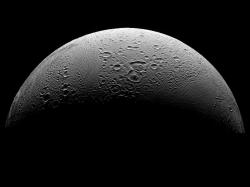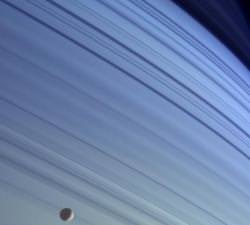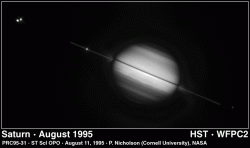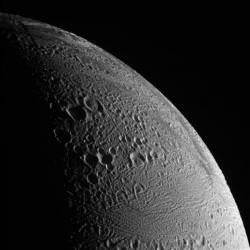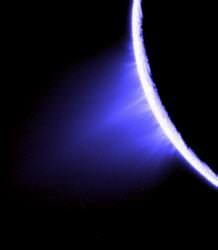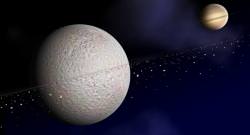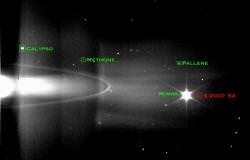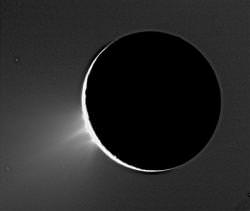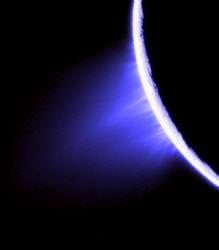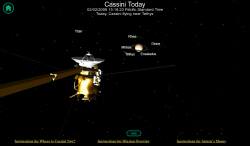Cassini scientists know for sure their spacecraft isn’t in Kansas anymore. Cassini’s been keeping an eye on a powerful electrical storm that’s been raging on Saturn for five months now, with lightning bolts 10,000 times more powerful than those found on Earth. But Cassini has also been busy flying by moons like Enceladus and Titan during this time, and therefore can’t constantly watch the storm. So amateur astronomers have been assisting the Cassini science team by monitoring this tempest in the “Storm Alley” region of Saturn. It’s no Great Red Spot, but it’s the longest lasting electrical storm ever detected in our solar system.
This prolonged storm is located in Saturn’s southern hemisphere–in a region nicknamed “Storm Alley” by mission scientists–where previous, but much shorter-lived lightning storms (if month-long storms can be called short!) were observed by Cassini. Saturn’s electrical storms are similar to thunderstorms on Earth, but they’re much bigger and longer lasting. Storms on Saturn have diameters of several thousand kilometers (thousands of miles), and radio signals produced by their lightning are thousands of times more powerful than those produced by terrestrial thunderstorms.
The storm was first detected on Saturn on Nov. 27, 2007. The electrostatic discharges were picked up by Cassini’s radio and plasma wave science instrument.
“The electrostatic radio outbursts have waxed and waned in intensity for five months now,” said Georg Fischer, an associate with the radio and plasma wave science team at the University of Iowa, Iowa City. “We saw similar storms in 2004 and 2006 that each lasted for nearly a month, but this storm is longer-lived by far. And it appeared after nearly two years during which we did not detect any electrical storm activity from Saturn.”
Amateur astronomers have kept track of the storm over its five-month lifetime. “Since Cassini’s camera cannot track the storm every day, the amateur data are invaluable,” said Fischer. “I am in continuous contact with astronomers from around the world.”
The long-lived storm will help provide information on the processes powering Saturn’s intense lightning activity. Cassini scientists will continue to monitor Storm Alley as the seasons change, bringing the onset of autumn to the planet’s southern hemisphere.
Original News Source: Cassini Press Release

